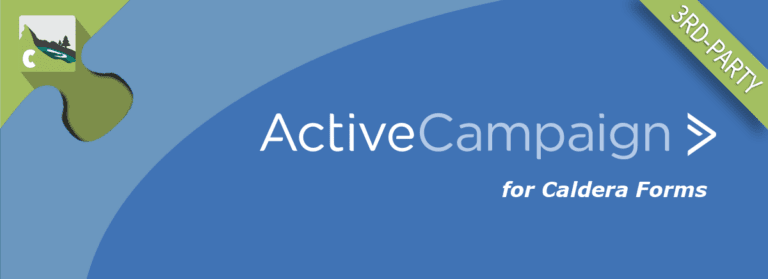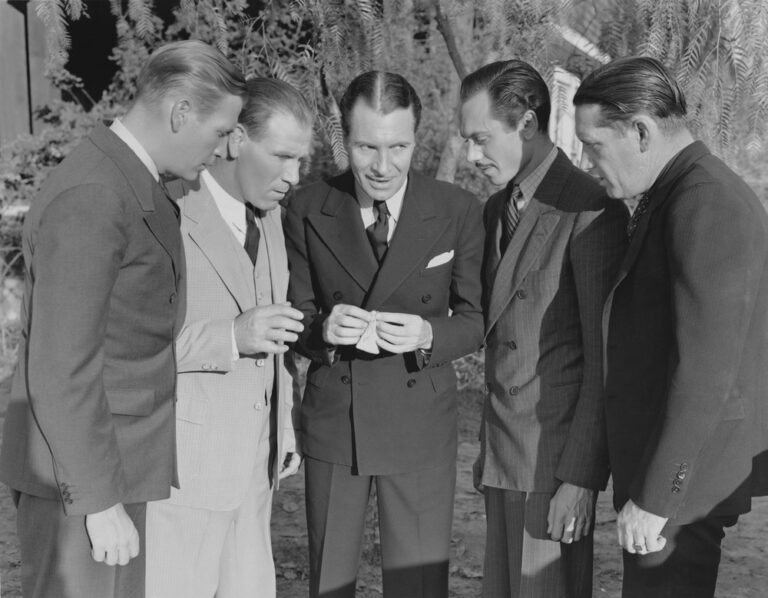Planning Your Content – Way of the Tortoise

This article is part of the “Way of the Tortoise” series. You can check out our other posts in this series here. Check back regularly to read our other updates.
Good content is hard. It always has been. People have been figuring out how to keep producing fresh and engaging content since the invention of sliced bread (although one of my colleagues says we could go further back). Creating good content is not easy. A lot of it has to do with overcoming some mental barriers. And then just creating a plan. That’s hard to do also. In this article, I plan to address these things.
Writing content is a part of the long-play in digital marketing. Simply that means that the benefits of creating robust and consistent content take a long time to realize their effect. Heck, this website doesn’t get a lot of traffic, but it gets a decent amount from the right places, which produce business leads. That’s my goal. What’s your goal? You knew I was going there, right?
Before we get to the planning stage, I want to make sure you’re not carrying any mental baggage with you regarding content. Because if you are, this article isn’t going to help you. I volunteer at the Small Business Development Center in LaVerne regularly. The business owners I speak to usually don’t see the value of creating content. They don’t see how it helps, or they don’t want to wait, or they don’t want to take the time. It’s hard to see the finish line for them. I get it. First off, there is no finish line. You just have to keep working at your content.
The other obstacle, aside from impatience and a lack of faith, is that business owners don’t think that anyone cares about their content. Even if you feel your business is “boring” people will have an interest in your product or service. You have something other people want. Believe me. People will be into that content. If we can break down these barriers, then we can get started. Ok?
Let’s get to planning
The first thing I’d advise is that you get my simple content template (get it here) or find something similar. I find it easier to build out content when you know what you need to provide up front.
Make a commitment
The first step is admitting that you’re going to create content. Once a day, once a month, once a year. I don’t care. Make the content count and make it damn good. The good folks at WP Site Care blog somewhat regularly, certainly not every day.
Whatever you can commit to, go for the lower and more available end of that commitment, so you don’t burn out. Tie your writing to good habits, like writing after you get home from a run. Write after you’ve woken up in the morning and made your coffee. Whatever your habits are, attach your writing to them.
Make a calendar
There are a lot of great content calendar’s out there. I prefer CoSchedule. But if you’re just getting started your Google Calendar, or Outlook Calendar will work fine. Our clients, the Voyage Vixens do content calendars well.
What IS a content calendar? A content calendar is simply a way for you to keep on task and get your content out there by creating a scheduled appt. On your calendar for when you plan on publishing or working on said piece(s) of content.
If you don’t make a calendar, it’s not the end of the world, so don’t sweat it if you think it’s a PITA. You’ll thank me later if you do, though. Promise.
What do you want to write about?
For me, I tend to write about business marketing content, digital marketing, WordPress, and community events. If I were to break that down, I’d do it like so:
- Business Marketing
- Adwords campaigns
- SEO
- Planning your content (see what I did there?)
- SEO
- 5 things to boos your SEO that are easy to do
- 5 SEO best practices everyone should do
- WordPress
- What makes for a good WordPress theme?
- Best drag and drop page builders
- My favorite WP Podcasts
I did the above right off the cuff. Chances are you can do the same, but you might not think about your business topics in such a way. You should.
Make it really damn useful
Going back to WP Site Care, they don’t always publish content but when they do post they post high-quality stuff. What makes it “high-quality?” It comes down to one thing: usefulness. That’s it. It’s simple!
Make your content useful. Give people something they can immediately use, something actionable and kaboom! You’ve created a great useful piece of content.
- Can someone take the information from your article and DO something with it?
- Does it provide educational information that helps someone grow personally or professionally?
- Is the content compelling? Does it create an emotional response?
- Does it provide an immediate financial incentive to your audience? Will they receive cash back or a discount?
Make sure you post to social
Right, right. You knew I was going to mention this, too, right? How to engage on social is a whole other ball of wax I’m not going to unpack here. But the thing I’ll tell you is that, as part of your content plan, you need to invest in social communities that are attached to your business. You need to start making connections on social with folks in your space, doing what you do or who buy the products/services that you offer. When you start making those relationships, it will have a positive impact on the content you share on social media.
Tools to consider for sharing socially
- Buffer is a great tool and worth the money, I might add. It helps you schedule out your content and posts it at the right time based on algorithms that figure out the best time to post where the most folks will see it.
- IFTT is a free service that you can use to automate the sharing of articles—among a lot of other nifty automations—and is a good thing to use if your site has a proper blog built into it such as WordPress, Wix, or SquareSpace.
- Hootsuite and Sprout Social are two other platforms you can leverage to share out your content.
More than anything, you just have to commit and jot down the things you know about your business and turn them into articles. Tie your writing to good habits to help get yourself into a routine for writing. It doesn’t have to be perfect either. Just start.
Get Notified When We Publish New Content!
Join more than 2,500 people who get our marketing automation, business marketing, and WordPress news!







I have a theory that the reason people avoid writing (copy, content, user manuals, whatever) is because they’ve learned to hate it.
Even though you and I both know how incredibly important content is, and even though our CUSTOMERS know how important content is — I mean, honestly, almost everyone understands the importance at some level — they still hate it.
They hate writing it. They hate REwriting it. They hate updating it.
They hate writing.
Why?
My theory is that they learned to hate it in school. They were forced to do it and vowed never to write again if they could avoid, much like I vowed to never do math once I got out of school. Now, I changed that attitude, but that took time (and the need to see the value of math outside of a silly, pointless academic setting).
It’s the same reason so many people have absolutely no interest in reading — they were forced to do it as children and taught to hate it.
Anyway, that’s my theory — great article! Content is critical and no matter how much you might hate it, no one is coming to your website because of your beautiful design.